Name Hideo Gosha | Died August 30, 1992 Education Meiji University | |
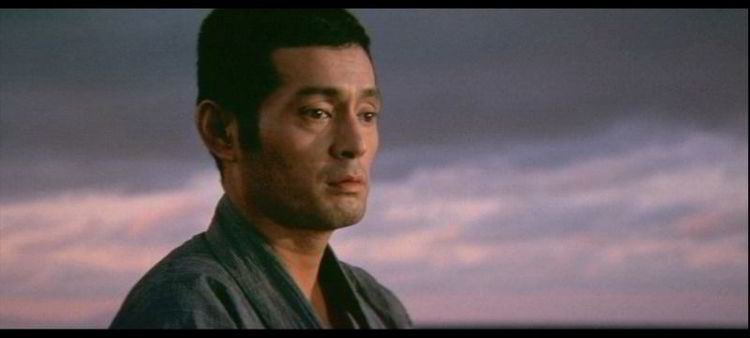 | ||
Awards Japan Academy Prize for Director of the Year, Japan Academy Prize for Special Award from the Chairman Nominations Japan Academy Prize for Picture of the Year Movies Hitokiri, Three Outlaw Samurai, Yoshiwara enjo, Goyokin, Onimasa Similar People Tatsuya Nakadai, Tetsuro Tamba, Shima Iwashita, Isao Natsuyagi, Rino Katase | ||
tenchu hitokiri hideo gosha 01
Hideo Gosha (五社 英雄, Gosha Hideo, February 26, 1929 – August 30, 1992) was a Japanese film director.
Contents
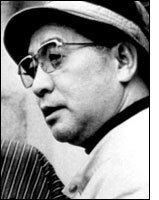
Born in Arasaka, Tokyo Prefecture, Gosha graduated from high school and served in the Imperial Navy during the Second World War. After earning a business degree at Meji University, he joined Nippon television as a reporter in 1953. In 1957 he moved on to the newly founded Fuji Television and rose through the ranks as a producer and director. One of his television shows, the chambara Three Outlaw Samurai, so impressed the heads of the Shochiku film studio that he was offered the chance to adapt it as a feature film in 1964. Following this film's financial success, he directed a string of equally successful chambara productions through the end of the 1960s. His two most critical and popular successes of the period are Goyokin and Hitokiri (also known as Tenchu), both released in 1969 and both considered to be two of the finest examples of the chambara genre.
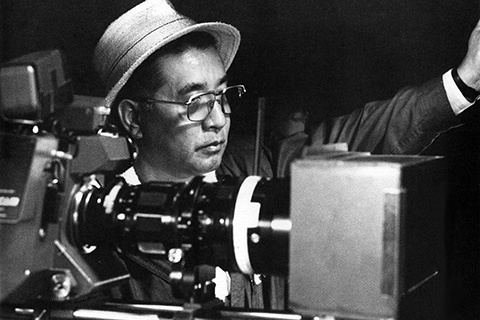
During the 1970s Gosha abandoned pure chambara and turned his productive energies toward films in the yakuza genre but he still produced period sword films such as The Wolves (1971 film) (1972), Bandits vs. Samurai Squadron (1978), and Hunter in the Dark (1979). His films Three Outlaw Samurai and Sword of the Beast (1965) have been released by Criterion.
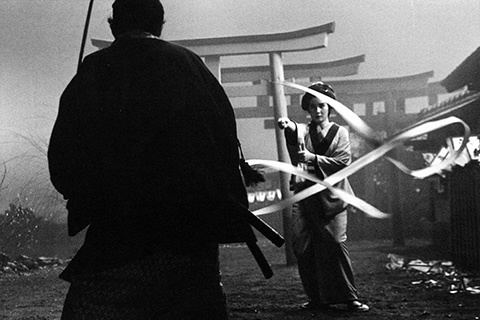
By the early 1980s, Gosha began making period films that featured prostitutes as protagonists that were renowned for their realism, violence, and overt sexuality. They were critically panned for those very reasons, but they were also all box office successes. In 1984 he was awarded the Japan Academy Prize for Director of the Year for The Geisha.
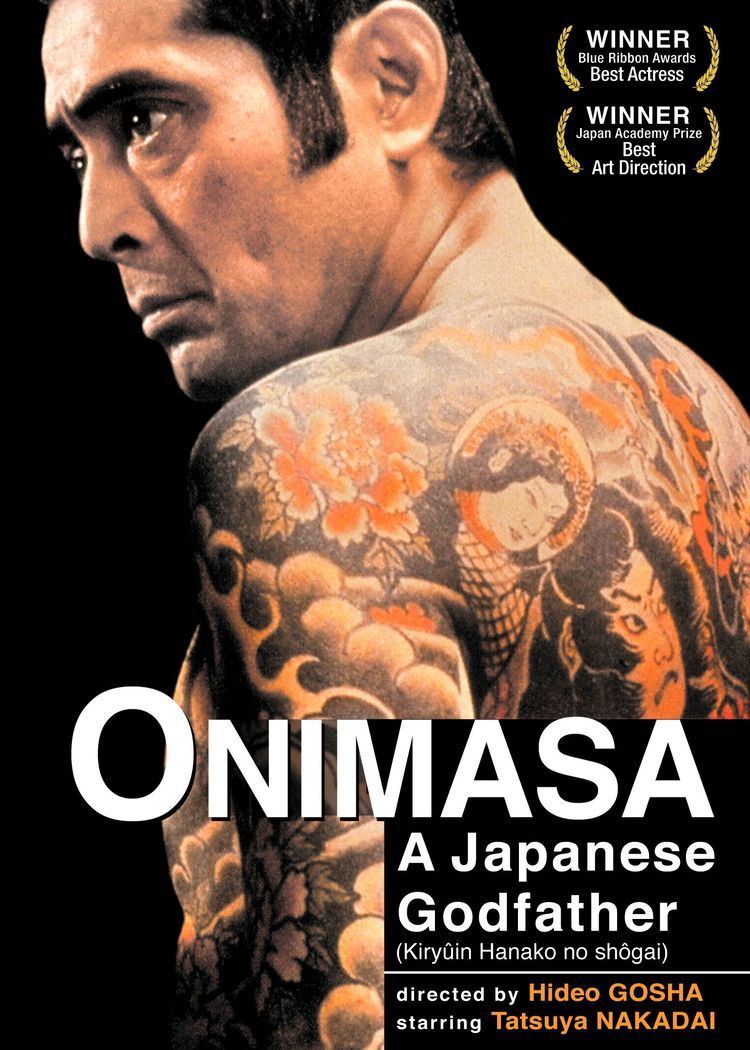
Gosha’s films have influenced directors including Chang Cheh, Takashi Miike, and Yoshiaki Kawajiri.
